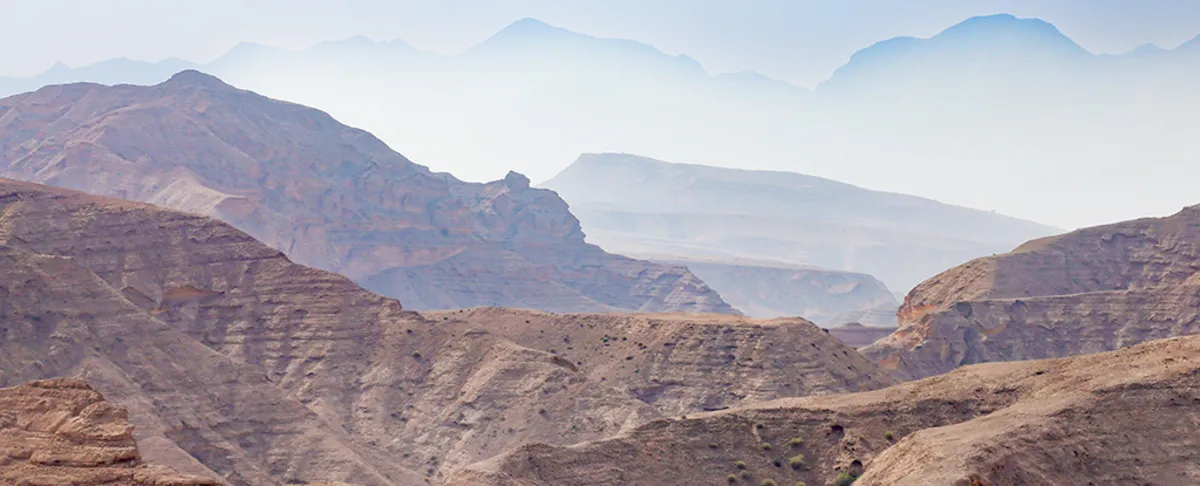
In a groundbreaking study, scientists believe they have identified a 'ghost' plume for the very first time. This elusive column of hot rock, rising from Earth's core beneath Oman, exhibits a unique characteristic: it shows no visible surface volcanic activity, distinguishing it from typical geological plumes. Despite the absence of surface disruptions, mantle plumes like this one are thought to play a crucial role in the complex interactions of heat, pressure, and movement extending deep into the planet.
The understanding of these ghost plumes and their locations can significantly enhance scientific knowledge in various fields, including plate tectonics, the evolution of life, and Earth's magnetic field. The research team, comprising international experts, presents compelling interdisciplinary evidence supporting the existence of the Dani plume beneath eastern Oman in their recently published paper.
The initial clue regarding the existence of this ghost plume emerged from seismic data. The data revealed that seismic waves slowed down as they traversed the region, indicating the presence of hotter, softer rock beneath the surface. To bolster their findings, the researchers employed computer modeling and conducted further field measurements, leading to additional evidence for the ghost plume's existence.
One of the critical elements of their research involved identifying seismic discontinuities—geological boundary layers located at depths of 410 kilometers (255 miles) and 660 kilometers (410 miles). According to their findings, the Dani plume is estimated to span approximately 200–300 kilometers in diameter and possesses temperatures up to 100–300 °C (212–540 °F) hotter than the surrounding mantle. This relatively small yet focused patch of rock has persisted for an extended period, potentially influencing the movement of the Indian tectonic plate around 40 million years ago.
The researchers posit that the ghost plume may still be contributing to the elevation of land in Oman today. Although individual data points might seem inconclusive, the collective evidence provides a consistent and robust interpretation of the plume's characteristics and implications.
If the Dani plume is indeed a ghost plume, it raises the possibility that similar geological formations exist worldwide, awaiting discovery. This finding has significant implications for the models and calculations used by experts to understand geological evolution. In contrast to more common plumes associated with volcanic activity, which originate from the core-mantle boundary located approximately 2,890 kilometers below the surface, ghost plumes like the Dani plume present a new dimension for geological study.
The findings from this research suggest that more heat may be leaking from the core than previously estimated, indicating a need for further studies to assess the long-term impacts of this phenomenon. An increased core-mantle-boundary heat flux could necessitate revisions to existing thermal evolution models of our planet, particularly concerning the distribution of heat-producing elements contained within the lower mantle and the core.
As scientists continue to explore the implications of these findings, the discovery of a ghost plume beneath Oman represents a significant advancement in our understanding of Earth’s geological processes.